In parts one and two of this series, I discussed why my local community garden is inaccessible and how I created my indoor hydroponic garden as an alternative.
Now I want to dig a little deeper into how disability impacts my gardening and how gardening impacts my disability.
The intermittent nature of my chronic illness means that sometimes I have full use of all four limbs and all five senses, but many times I don’t. Whatever I'm capable of doing on any given day, I won't be able to do it for long.
Having a garden in my living room means I never have to walk more than 10 steps in any direction and can sit in a comfortable chair to rest periodically.
Because I don’t have to travel to an outside location, I’m free to work in my garden a few minutes at a time and take breaks when I can’t focus on the task at hand.
Timers for my grow lights and a plant calendar app help with consistency and planning.
In a climate-controlled building, there’s no danger of heat exhaustion. Working under grow lights won’t turn my skin the color of an overcooked lobster.
As I write this in January (yes, this blog took several months to complete), it’s 20 ℉ outside, but my tomatoes and I are toasty warm.
The only pollen present is from the crops I grow, and because I’m not bringing in any potted plants, the risk of insect infestation and allergic reactions is minimal.
The most physically and mentally taxing part of gardening was the initial setup. My shelving unit was already assembled, but I had to move a lot of junk.
Adjusting the height to accommodate the grow lights involved some brute force.
I had to jam my shoulder under each hard metal shelf to unseat it from the support rings, not a recommended procedure for those of us prone to dislocations. Subsequent adjustments were easier.
Building the curtain rod required a PVC pipe cutter. I don't have the hand strength to squeeze the handles hard enough to cut through hard plastic.
When I sat on the floor, however, and used one butt cheek to lean my entire weight on the top handle, I split the pipes easily.
The curtain itself proved the hardest part. I struggle to judge depths and distances and can’t draw, cut, or measure in a straight line to save my life.
My only option was to wrangle the entire giant roll of poly film into position and then snip it at floor level, taking breaks to ice my cutting hand.
I only had to do it once, but I needed a week to recover. If you have the means, I recommend you avoid improvisation and purchase a grow tent.
Most of what I learned about hydroponics came from YouTube and reddit. Videos with chapter indices and captions were the most helpful.
Hydroponics is a more male-dominated field than other types of gardening, but it also appears to attract a lot of neurodivergent people.
Despite facing criticism for info dumping in other areas of life, these folks are still happy to expound on a variety of topics when asked. A prime example is the owner of my local hydroponics store, my only in-person resource.
While I could have purchased everything I needed online, I gained a mentor and saved on shipping costs by shopping locally.
In my daily activities, the heaviest object I need to lift or carry is a gallon water jug, which I could move with a shopping cart or rollator if necessary.
Because I keep my plants and other supplies between chest and waist height, I don’t have to bend too low or reach too high. I use a grabber to remove supplies from the top of the shelving unit.
If I removed the bottom tier, I could use a wheelchair or a wheeled desk chair to roll under the shelf and work from a seated position.
Powdered nutrients are lighter and cheaper than liquid, but they have to be weighed by the gram for small batches. I prefer measuring by volume.
My hands tend to shake, so rather than struggling to balance liquid on a teaspoon, I use a shot glass with teaspoon, tablespoon, and milliliter markings on it.
It saves me from having to locate multiple measuring spoons and remember to put them back.
Shaking the gallon jugs to mix nutrients has become part of my physical therapy, but I could also divide the solution into several lighter bottles or use a bucket and an electric mixer.
Some spills are inevitable, so I work by the bathroom sink. Wiping up liquid from tile is a lot easier than trying to vacuum damp potting soil out of carpet. Nothing I use will clog the drain.
General Hydroponics products have no detectable smell and don’t cause skin irritation if washed off immediately. The only potentially dangerous chemical is the strong acid I use to lower the pH of my tap water.
I wear gloves, siphon small amounts of the chemical with a pipette holder, and keep baking soda nearby in case I need to neutralize spilled acid.
A chemistry background is helpful for hydroponics but definitely not necessary.
If you can take your temperature using a digital thermometer and follow the instructions on a boxed cake mix, you can probably handle mixing nutrients and checking pH.
The labels on the nutrients list recommended dosage, but since I forget numbers immediately after I read them, I write my ratios and target pH range directly on my gallon jugs to refer to them constantly.
The biggest access failure I encountered with hydroponics is the lack of resources for blind and low-vision gardeners. While many online tutorials have captions, none have image description.
Apps like Be My Eyes would be helpful for reading bottles and creating braille labels for future use, but less practical for continuous monitoring.
My pH meter cost less than $20 and is available from any garden or home brewing store, but I only found one source for an accessible talking meter, and it's only available as part of a $2,500 laboratory set.
Hydroponics is not without barriers, but if you struggle with executive functioning and forget to water your plants or overwater when you finally remember, don’t give up on gardening yet.
Checking water levels is much easier when you can see the water, and it’s easier to remember when it becomes part of your daily routine.
When a reservoir runs dry, you’ll know immediately because the plant will flop over, but you’ll still have time to save it.
The only risk is refilling the reservoir too high, but I avoid that by marking the jar just below where the air roots form.
Gone are the days of poking the soil and pretending I can tell whether it's moist enough, as my plant slowly shrivels.
At this point, you might be thinking that an indoor garden is doable, but is it worth the trouble?
After all, a couple jars of hydroponic lettuce won't save anyone from starvation. But small-scale gardening can benefit disabled people in other ways.
Whether you’re too ill to leave the house or social distancing to avoid becoming ill, creating a green space teeming with life can make your time at home more bearable.
Unlike a roommate, plants are unobtrusive. Unlike a dog, plants won’t suffer if you’re not feeling up to a walk.
Having a living thing that depends on us but doesn’t require more care than we're able to provide can motivate us to do what's possible without triggering feelings of guilt and shame that we can't do more.
Fresh herbs and pesticide-free veggies are luxuries many of us can't afford on a fixed income (or no income at all), but most are surprisingly easy to grow year round. They also make great gifts and useful items for bartering.
For those who eat a limited diet due to food insecurity, new flavors can liven up the blandest of staples.
Turn beans and rice into French cuisine with lavender, tarragon, and thyme or switch to cumin, coriander, and fenugreek for Indian fare.
Season canned tomatoes with cilantro and hot peppers to make salsa or basil and oregano for pizza sauce. Better yet, grow your own tomatoes and learn to can them at home.
Not everyone can tolerate novel spices, but one friend with sensory issues reported that edible flowers like pansies add a pop of color without significantly affecting a dish's flavor or texture.
Although we can’t use SNAP benefits to purchase herbal supplements, we can use the funds to buy seeds to produce our own.
Seeds for potent botanicals like echinacea cost about the same as those of common culinary ingredients like parsley.
Purchasing seeds once for a year’s growth (more if we harvest and save our own seeds for the following year) means we're less vulnerable to supply chain problems.
Medicinal herbs can’t replace all pharmaceutical drugs and are not a substitute for medical attention, but they are an additional tool in our treatment toolbox.
On a bad night, I need three prescription medications to sleep, but on a good night, a cup of homegrown lemon balm tea gets the job done, and I don’t have to worry about any mystery ingredients.
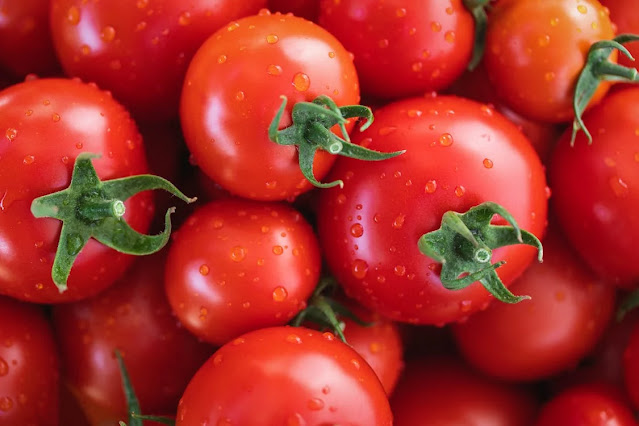
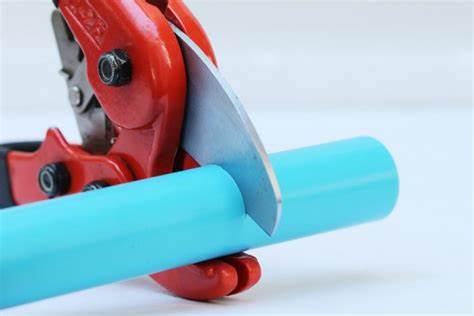
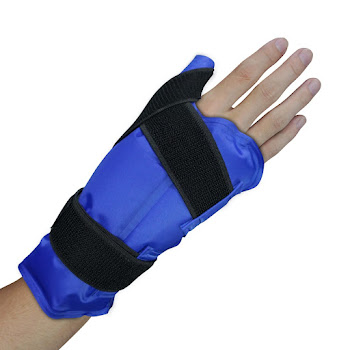
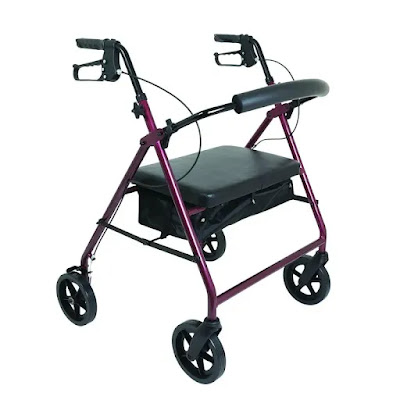

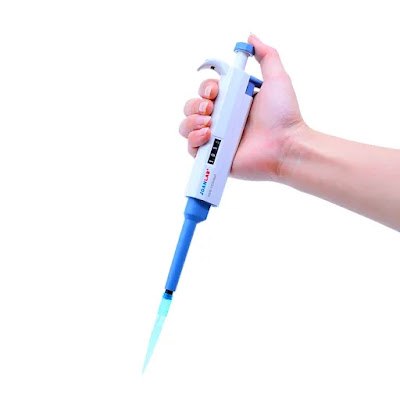
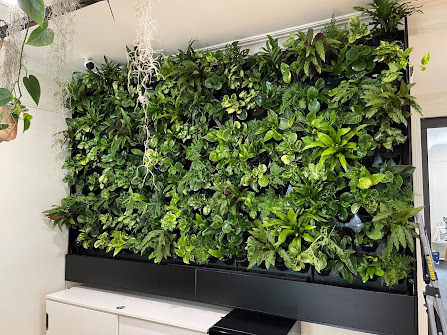
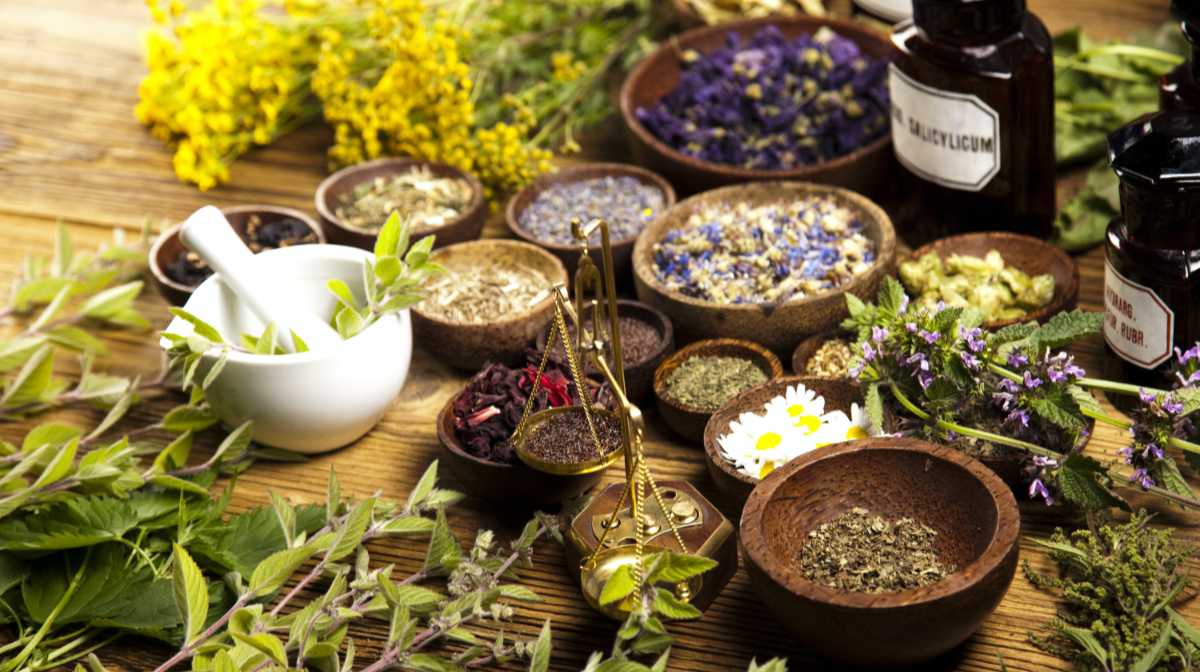
Comments
Post a Comment
Leave a comment